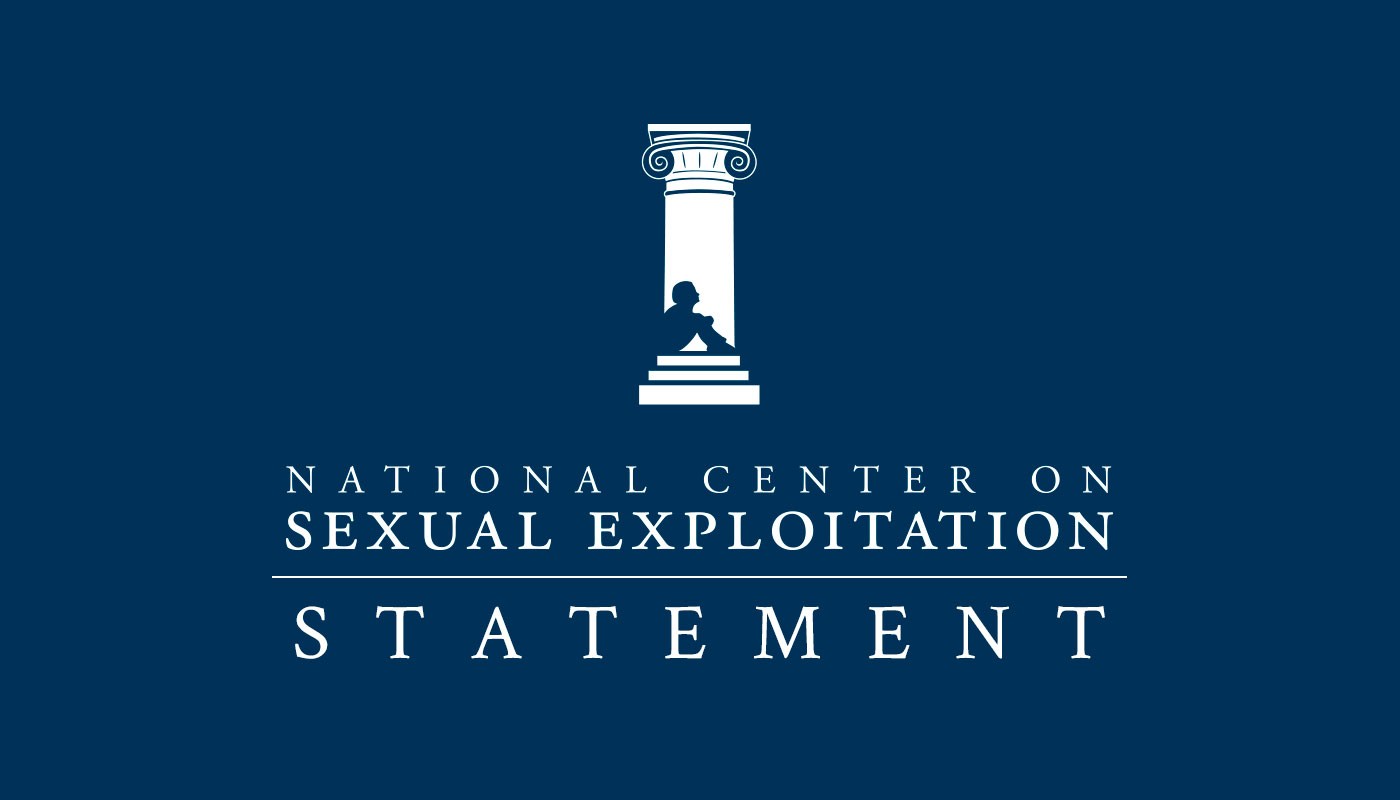National Center on Sexual Exploitation President and CEO Patrick A. Trueman published this article in Knights of Columbus journal, Columbia.
Remote dungeons. Back alleys of distant cities. This is what comes to most people’s mind when they hear about sex trafficking. But in reality, sex trafficking is increasingly moving online, and you may have seen it from your own computer screen.
Sex trafficking is defined by the Trafficking Victims Protection Act, sponsored by U.S. Rep. Chris Smith (R-NJ) and signed by the president in 2000, as “a commercial sex act induced by force, fraud, or coercion, or in which the person induced to perform such act has not attained 18 years of age.”
Online sex trafficking occurs most commonly in the form of advertisements for sex trafficking victims posted on websites and in pornography. The two are inextricably linked.
Although most people would shudder at the thought of encouraging or engaging in sex trafficking, pornography today is as pervasive and as popular as ever. Young children are exposed to it at record rates, and the neurochemicals in their brains become conditioned to the sexual images on a screen. This is not only creating a public health crisis but also contributing to the proliferation of sex trafficking.
THE PORNOGRAPHY LINK
At the National Center on Sexual Exploitation, we’ve heard countless stories of individuals who have had pornography made of them while they were being either prostituted or trafficked.
Videos of sex trafficked persons can be uploaded to mainstream pornography websites, and even performers in mainstream pornography can be sexually abused on set.
While people assume everything they see in pornography is pure fantasy, anyone watching may be vicariously participating in, and even enjoying, another person’s living nightmare. Nobody who watches pornography can be certain that they have not watched trafficked persons’ abuse.
Further, pornography creates and drives the demand for trafficked women and children.



